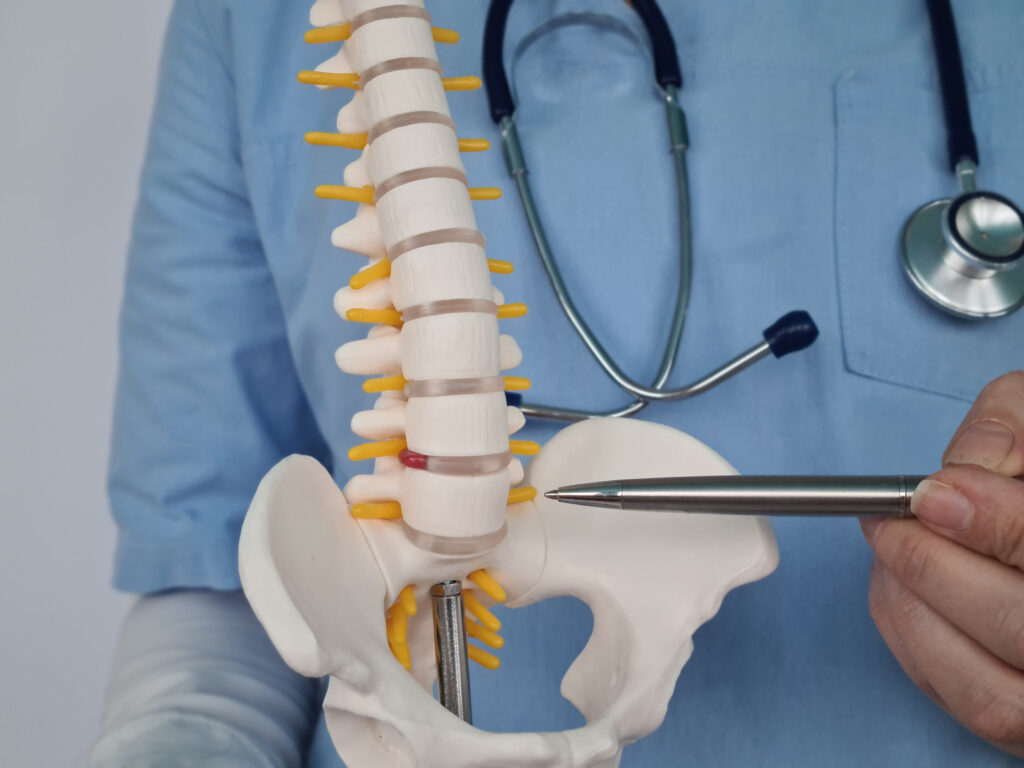Bone marrow mesenchymal stem cell (BMSC)-derived exosomes are emerging as a promising therapeutic option for degenerative diseases, particularly intervertebral disc degeneration (IVDD). Recent research has deepened our understanding of the mechanisms through which these exosomes exert their beneficial effects, offering hope for effective treatments for conditions that significantly impact quality of life.
In a groundbreaking study, researchers investigated the role of BMSC-derived exosomes in IVDD and explored their underlying molecular mechanisms. The study observed a marked increase in the expression of hypoxia-inducible factor 1-alpha (HIF-1α) in degenerative nucleus pulposus (NP) tissues, a critical factor implicated in inflammatory responses and matrix degradation.
Further analysis revealed that elevated HIF-1α levels led to increased expression of inflammatory cytokines such as IL-1β and IL-6, along with heightened activity of matrix-degrading enzymes like MMP13. In contrast, the expression of aggrecan, an essential component of the extracellular matrix, was reduced in degenerative NP cells. These changes collectively contribute to the deterioration of intervertebral discs, underscoring the need for effective therapeutic interventions.
The researchers conducted co-culture experiments with BMSCs, which demonstrated a significant reduction in the expression of HIF-1α, MMP13, IL-1β, and IL-6 in NP cells subjected to overload pressure. This suggests that BMSC-derived exosomes possess the potential to mitigate the adverse effects of degenerative changes.
To delve deeper into the molecular mechanisms at play, the team employed miRNA chip analysis and PCR validation, identifying miR-145a-5p as the primary microRNA carried by BMSC-derived exosomes. Overexpression of miR-145a-5p was found to effectively reduce the levels of HIF-1α, MMP13, IL-1β, and IL-6 in degenerative NP cells, indicating its crucial role in modulating the inflammatory and degenerative responses.
Further investigation through luciferase reporter assays confirmed that USP31 is the target gene of miR-145a-5p. The regulation of NP cells by BMSC-derived exosomes was shown to be dependent on USP31, highlighting a specific signaling pathway that could be targeted for therapeutic purposes.
In conclusion, the findings from this study shed light on the therapeutic potential of BMSC-derived exosomes in alleviating IVDD through the miR-145a-5p/USP31/HIF-1α signaling pathway. This research not only enhances our understanding of the molecular underpinnings of disc degeneration but also paves the way for developing novel treatment strategies for degenerative diseases.
The study was conducted by a team of researchers, including Kang-Kang Su, De-Chen Yu, Xiong-Fei Cao, Pan Li, Le Chang, Xiao-Lei Yu, Zhi-Quan Li, and Mo Li, all affiliated with the Department of Orthopedics at The First Affiliated Hospital of Air Force Medical University in Xi’an, China. Their work represents a significant advancement in the field of regenerative medicine, offering hope for effective interventions against degenerative conditions.


